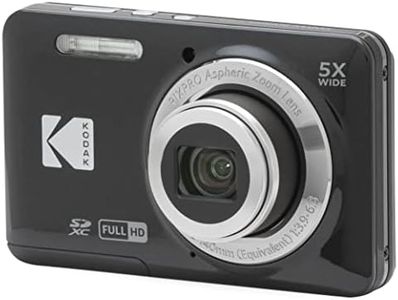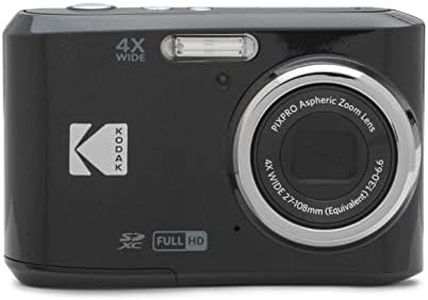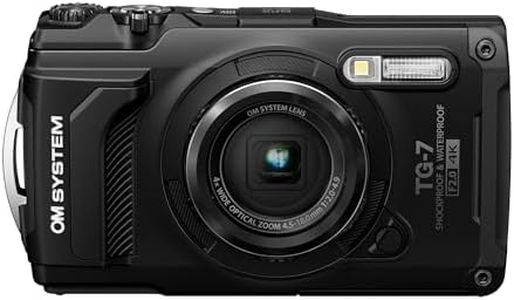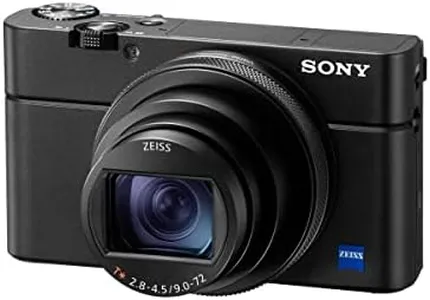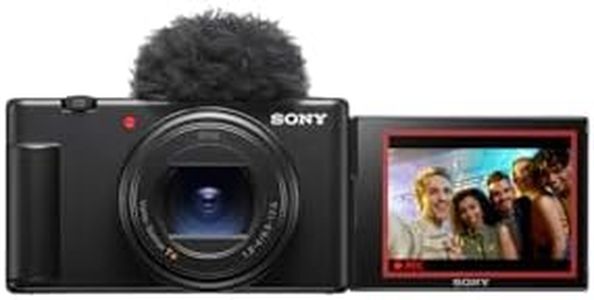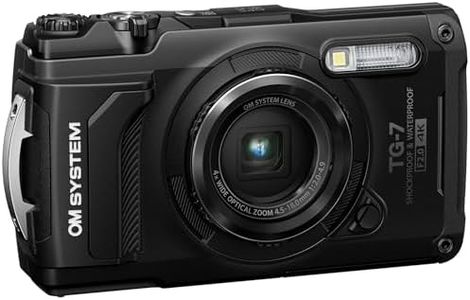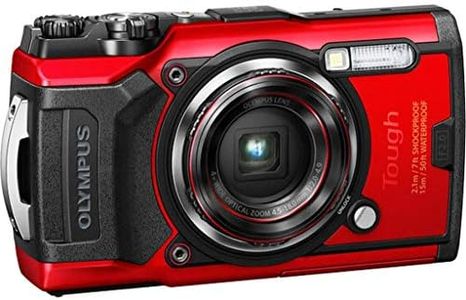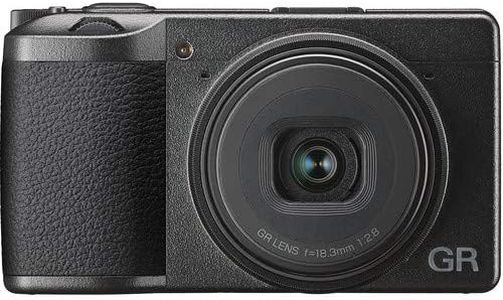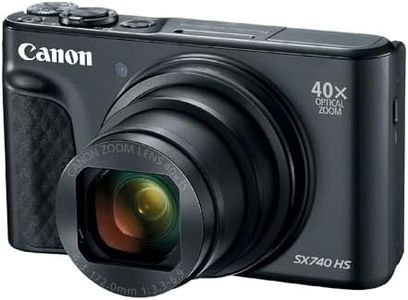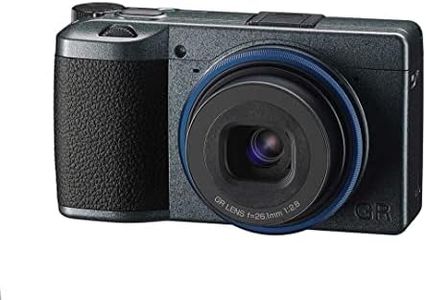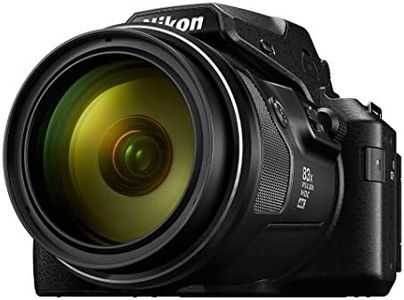We Use CookiesWe use cookies to enhance the security, performance,
functionality and for analytical and promotional activities. By continuing to browse this site you
are agreeing to our privacy policy
10 Best Macro Point And Shoot Cameras
From leading brands and best sellers available on the web.Buying Guide for the Best Macro Point And Shoot Cameras
When looking to buy a macro point-and-shoot camera, your main goal is to take close-up photos that reveal tiny details—think flowers, insects, jewelry, or textures. It's important to choose a camera that makes macro photography easy, with the ability to focus closely and capture sharp images. To make the best choice for your needs, pay attention to features that influence how close you can get to your subject, how clearly you can capture fine details, and how easy the camera is to use in different conditions.Minimum Focusing DistanceMinimum focusing distance tells you how close you can get to your subject while still being able to focus clearly. The smaller this number, the closer you can get, which lets you capture extremely detailed shots of small subjects. Cameras with a minimum focusing distance of 1-2 centimeters are considered true macro, while others may offer up to 10 centimeters. If you plan to photograph very tiny objects and want a dramatic, life-sized effect, aim for the smallest minimum focusing distance you can find. If you prefer a bit more working distance for safety (like with bugs) or comfort, a slightly higher value could be better.
Magnification RatioThis tells you how large the subject appears in your photo compared to its real-life size. A 1:1 magnification means the subject is captured at its actual size on the camera sensor, which is ideal for serious macro photography. Ratios like 1:2 or 1:3 will yield good close-ups but with less detail. If you want to capture every tiny detail for scientific, creative, or personal reasons, look for a higher (closer to 1:1) magnification. If you're mainly taking casual close-ups, a lower ratio will still be satisfying.
Sensor SizeSensor size maps directly to photo quality, particularly in low light and for background blur. Larger sensors (like 1-inch sensors) let in more light and give better detail and smoother backgrounds, while smaller sensors (1/2.3-inch or 1/1.7-inch) make cameras more compact but may struggle in dark conditions or with very fine details. If you want the sharpest, cleanest images or plan to print your photos, go for bigger sensors. If portability is more important and you’ll mostly share pictures online, smaller sensors are just fine.
Image StabilizationImage stabilization helps keep your photos sharp when you're shooting handheld or at slow shutter speeds—a common situation with macro shots. Optical stabilization is more effective than digital. If you often shoot without a tripod or in less-than-ideal lighting, this feature will help ensure your close-ups aren't ruined by blur. If you mostly use a tripod or always shoot in bright light, it's less crucial.
Autofocus PerformanceGood autofocus is key for macro shots, as the area in focus is so small. Responsive and accurate autofocus will help you lock onto tiny subjects quickly, even if they move a bit, like insects. Some cameras also offer manual focus modes, which can fine-tune critical focus for more creative shots. If you’ll be photographing live subjects or want fast, hassle-free shooting, prioritize strong autofocus. For stationary subjects, slower autofocus or even manual focus might be acceptable.
Ease of Use and Macro ModeA dedicated macro mode or simple on-screen guidance makes close-up photography easier, especially for beginners. Some cameras have special settings or buttons to jump right into macro mode, making focusing and exposure simpler. If you’re new to macro photography or want a no-fuss experience, look for user-friendly macro features. If you enjoy experimenting, more advanced manual controls could be attractive.
Lighting FeaturesGood lighting is crucial for macro shots, and some cameras include built-in LED lights or ring flashes around the lens to help. This illumination helps you avoid harsh shadows and highlight details without bringing extra gear. If you'll often shoot indoors or in shadowy places, choose a camera with built-in lighting help. If you regularly shoot outdoors during the day, it’s less important.
